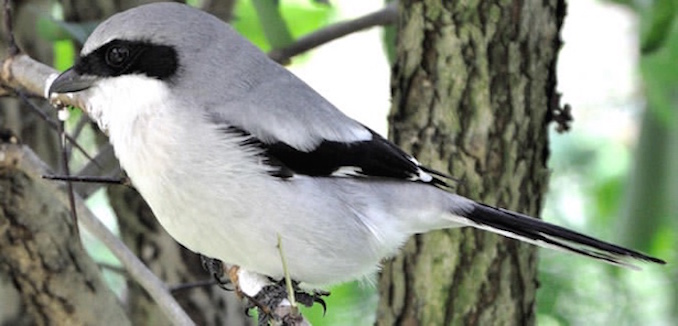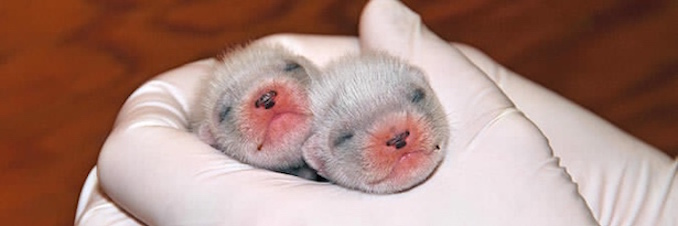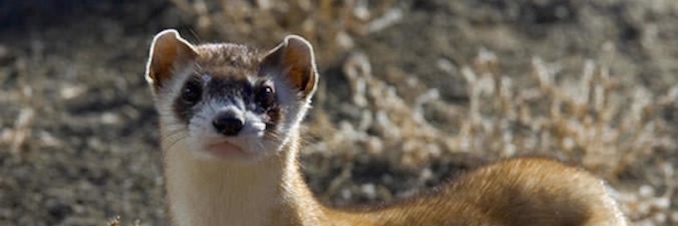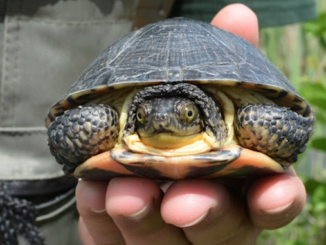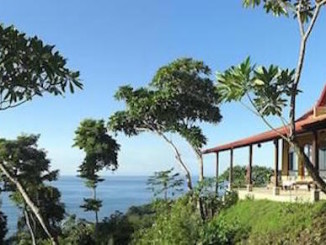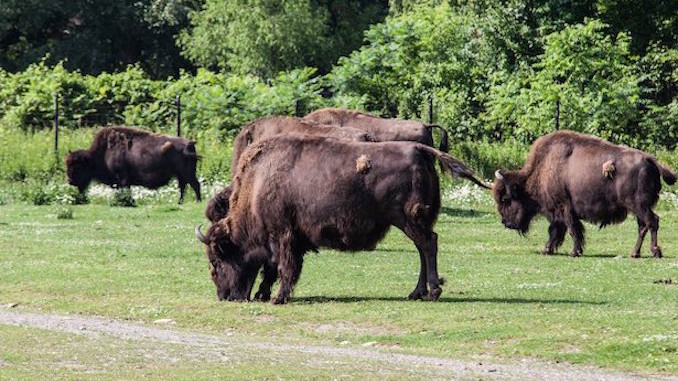
I was reading up on some of the conservation initiatives that the Toronto Zoo takes part in and I thought I would share some of my favourites with our readers.
1) Wood Bison Reproductive
Wood Bison are found only in Canada and parts of Alaska. At their prime, there were over 150,000 of them found in northeastern British Columbia, northern Alberta, northwestern Saskatchewan, Yukon, and southwestern Northwest Territories. That number reached its lowest point in the 1950s when it dropped to only 200 remaining and was listed as an endangered species. The main cause of the drop were diseases like anthrax, brucellosis, and tuberculosis. A ban on hunting them has been in effect since the late 1800s.
In 1957, recovery programs were initiated to help the breed make a comeback. In 1977, The Toronto Zoo joined in and has been captive breeding and reintroducing the animals back into the wild. 2014 marked the 4th year in a row that the zoo has had wood bison calves born through artificial insemination, as part of an ongoing research program with collaborators at the University of Saskatchewan and Parks Canada. “Reproductive technologies, such as artificial insemination, are important tools for improving the genetic management of small populations,” says Dr. Gabriela Mastromonaco, Curator of Reproductive Programs and Research, Toronto Zoo. “These techniques will help us overcome the challenges of managing the endemic disease that is threatening wood bison herds in the wild. Preservation and distribution of disease-free genetic material, in the form of sperm or embryos, will enable us to maintain genetically diverse disease-free herds in captivity and the wild.”
From these movements, the population in 2006 was estimated at 4188 Wood Bison in seven free-ranging, disease-free herds, 6216 animals in four diseased, free-ranging herds, and 1029 animals in captive conservation (public and private) and research herds. It has been lifted from the endangered species list and downgraded to threatened.
2) Shrike Program
I didn’t know anything about Loggerhead Shrikes when I first started reading about this initiative. That is probably because by 1997 this songbird’s population dropped to only 18 pairs in Ontario. A native bird to Ontario, the bird fed off the massive grasslands that were abundant during early settlement of the province. As the habitat dropped, so did the population of the bird which neared extinction. These birds are pretty badass. They hunt like birds of prey with a sharp hooked beak, but lack the strong grasping legs possessed by true birds of prey. Alternatively, shrikes will impale their prey on thorns or barbed wire fences, which allows them to tear apart and eat their prey.
Loss of sustainable grasslands, roads, and pesticides are common threats to this species.
Today, in conjunction with Wildlife Preservation Canada, Environment Canada, and other partner facilities, The Toronto Zoo has teamed up to breed and release loggerhead shrikes back into the wild in Southern Ontario. To date, the programs involved have released 700 new shrikes into the wild. This year alone, 100 young were produced, 90 have already been released, with over 20 of these coming from the Toronto Zoo. That means the zoo produced more this year than the entire population consisted of in 1997. Pretty remarkable. Lets hope they have food to eat in the wild.
3) Black-foot ferret Captive Breeding and Reintroduction
Since 1992, the Toronto Zoo has been involved in the recovery process of Black-Footed Ferrets across Mexico, Canada and the United States producing hundreds of baby ferrets (kits) and then releasing them into the wild. In 2009, the Toronto Zoo took on the challenge of returning the species to Canada with 75 captive-bred ferrets being released into Grasslands National Park in Saskatchewan, creating Canada’s first wild population of the species since it was extirpated several decades ago.
The ferrets biggest threats are disease and disease that affects their preferred prey, the prairie dog. The Toronto Zoo is also involved in ferret monitoring, conducting annual surveys and health assessments, and administering vaccines. Field researchers also monitor the status of the prairie dogs.
4) Vancouver Island Marmot Captive Breeding and Reintroduction
The Vancouver Island Marmot is one of only 5 animals endemic to Canada. It is a critically endangered species whose numbers dropped as low as 30 individuals left in the wild. Their biggest threats come from predation and habitat alteration.
In 1997, the Toronto Zoo began captive breeding of the species from 6 wild caught marmots. That breeding process turned into the production of 162 litters and 551 pups. The reintroduction of the marmots to Vancouver Island started in 2003 with 445 captive-born marmots being released to date. 27 mountains on the island are now home to this species with at least 37 pups being born in the wild this past year. The wild population is now between 215 and 277 individuals.
To learn more about the awesome conservation initiatives at the Toronto Zoo, visit their website.

